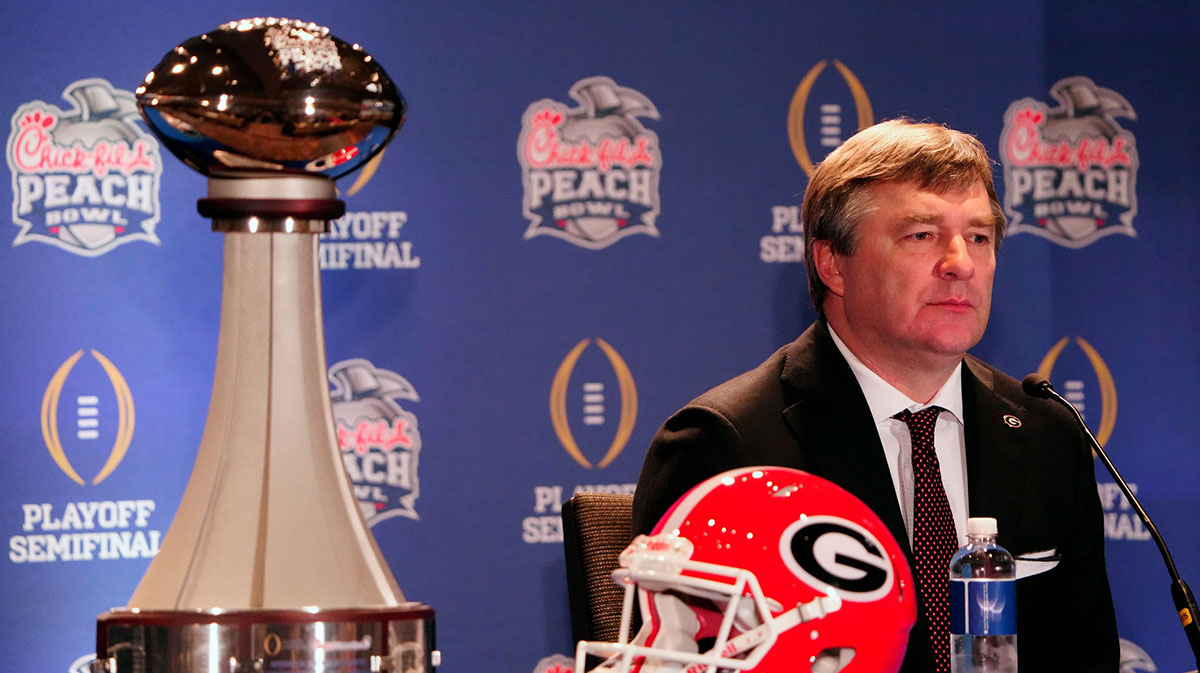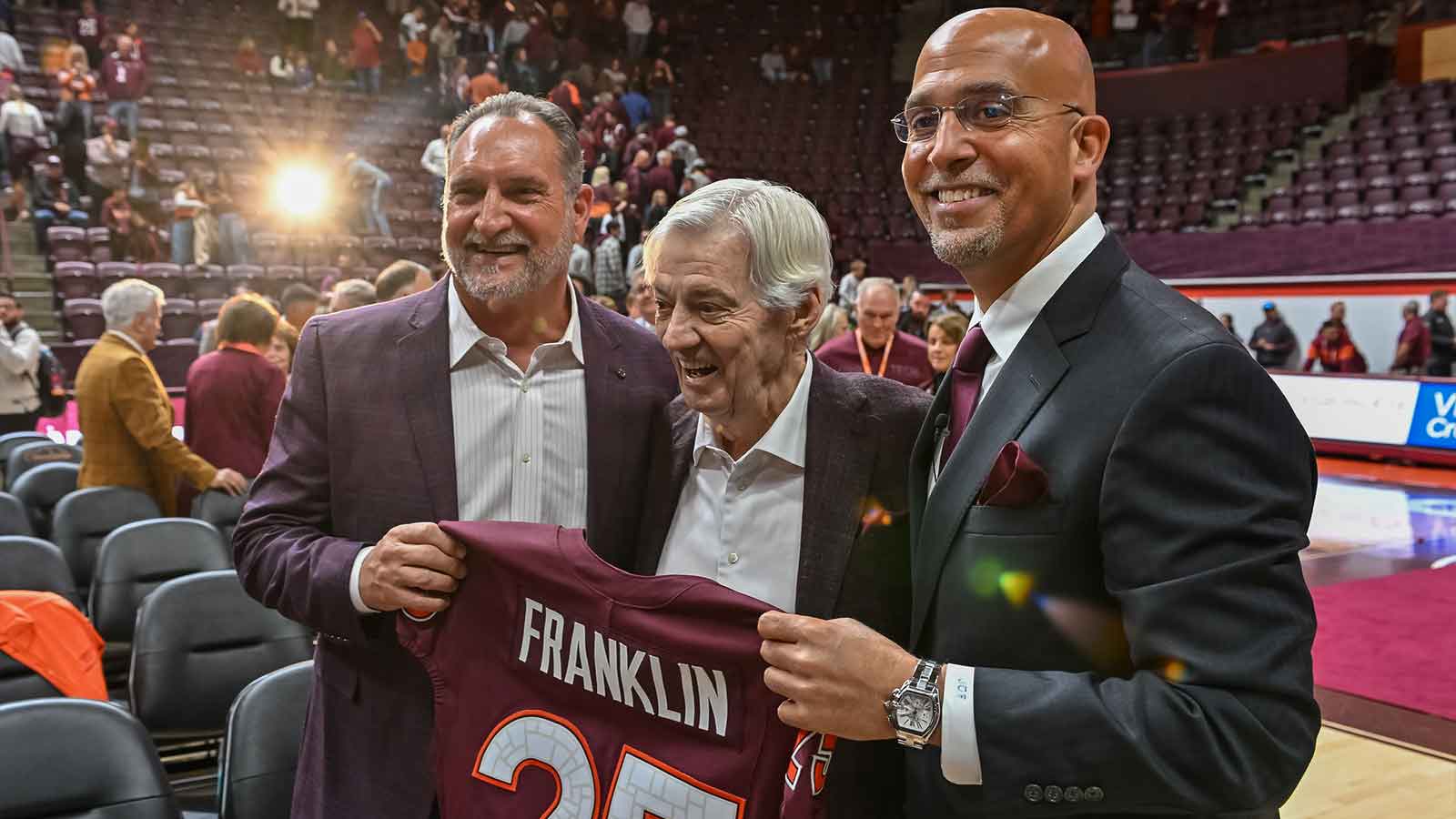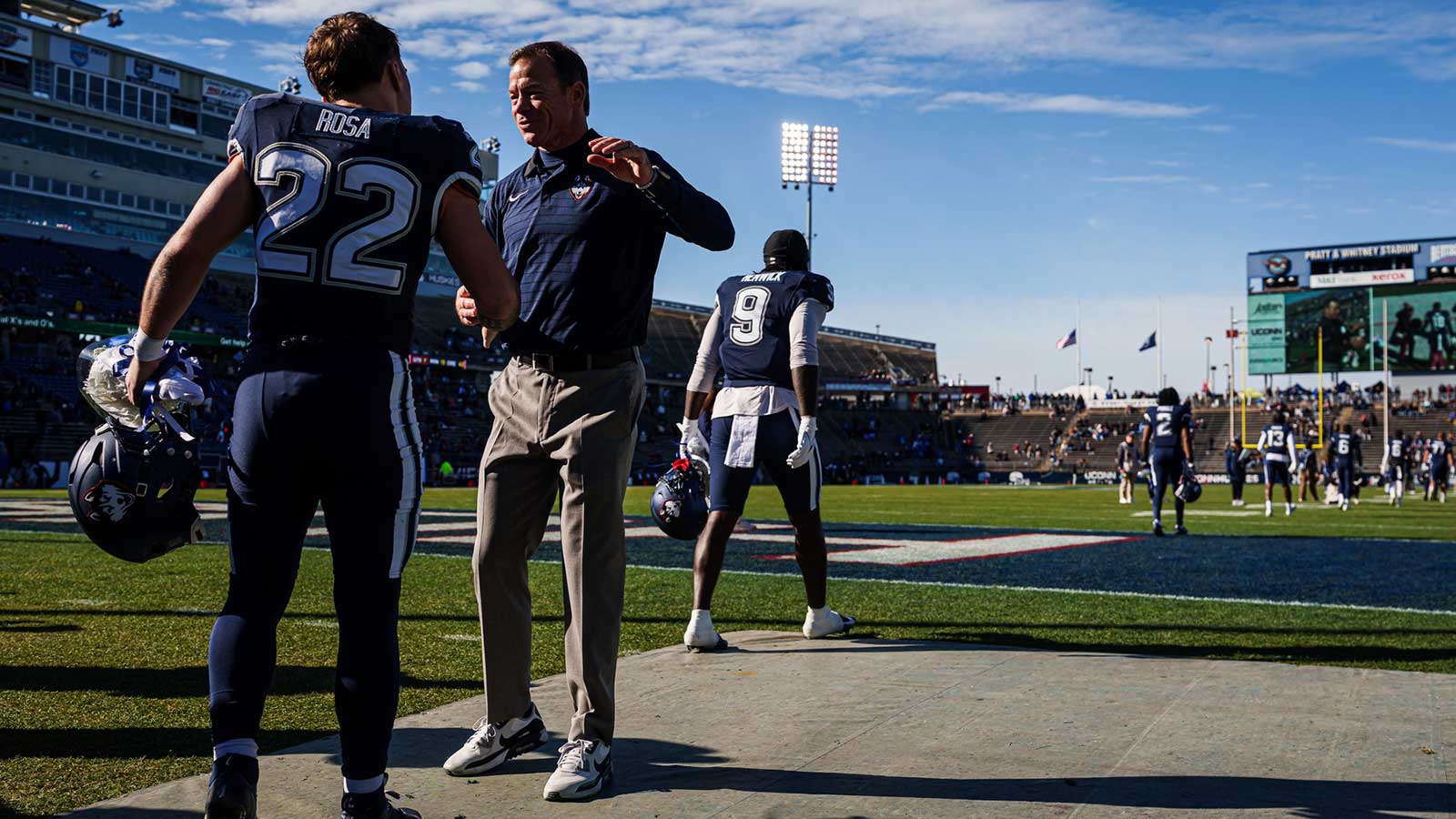It's unclear what the College Football Playoff is going to look like down the road, but it's becoming more clear that changes are coming, and they're coming soon. Expansion has been a hot topic in recent weeks, and it sounds like the sport is trending toward a 16-team CFP. That could end up being great for a conference like the SEC that typically has a good chunk of teams ranked in the top-16, but Georgia athletic director Josh Brooks hopes to see some consistency there.
College Football Playoff expansion models are on the table, and 16 is the number that has been floated around the most. If teams are ranked how they are ranked now, that could lead to the SEC getting six or maybe even more teams into the CFP each year.
“If we were to go to 16, there’s arguments we made about four-four this and that, but then you look at and go 5 and 11, we’ve had a glut of teams in that 13 and 16 range,” Brooks said on Sirius XM Radio. “If we trust the committee to hold true, and historically you look at the top 16 over the last 10 years and say, ‘Man, we’d be averaging five or six a year, we’d be in good shape.’ But you would ask the committee that, okay, now that it’s 16 for ranking, don’t start having new criteria … You want to hold true to that.”
Before everyone gets too far ahead of themselves, Josh Brooks wants to know how the teams are going to be picked. For example, Alabama was ranked inside the top-12 to end the year last season, but the Crimson Tide didn't make the 12-team CFP.
“But I think what we’ve got to fix first before we talk about nine games, eight games, or 4, 4, 3, 2, 1, whatever, we got to get down to the root of the problem and really talk about how we’re going to decide, whether it’s 12 teams, 14 teams, how are we deciding?” Brooks asked.
No matter what the new CFP model ends up being, there are going to be issues with evaluating teams that play different schedules.
“Because there’s still some frustration with a bad win being better than a good loss,” Brooks said. “And I know that’s a variable … But now, if we’re not in (the SEC Championship) or if we play, if we’re playing a lower tier win, or if you play an easier schedule, if you don’t play a Clemson or Oregon like we have in the past, when we get a better advantage versus playing a weaker schedule, with a true look at strength of schedule, a true look at quality wins and quality losses, to really evaluate that.”
Getting the right number of teams for the CFP ironed out is obviously important, but there is a lot that will go into making the College Football Playoff the best possible product that it can be.
“It’s hard in football, because there aren’t as many data points,” Brooks continued. “That’s hard, but there are things like RPI and things we can look at, to really look at a combination of the metric score that we can bring to the committee and say, ‘These are the best teams. But can you do that from a conference room watching football games? Do you need to go to some games in person? Do you need people that live and breathe and see it every day? I don’t know what that right makeup is.”
This season, there will be a 12-team CFP just like last year. The seeding model is different, but the amount of teams will remain the same. Who knows if we will be able to say the same when the 2026 season rolls around.



















